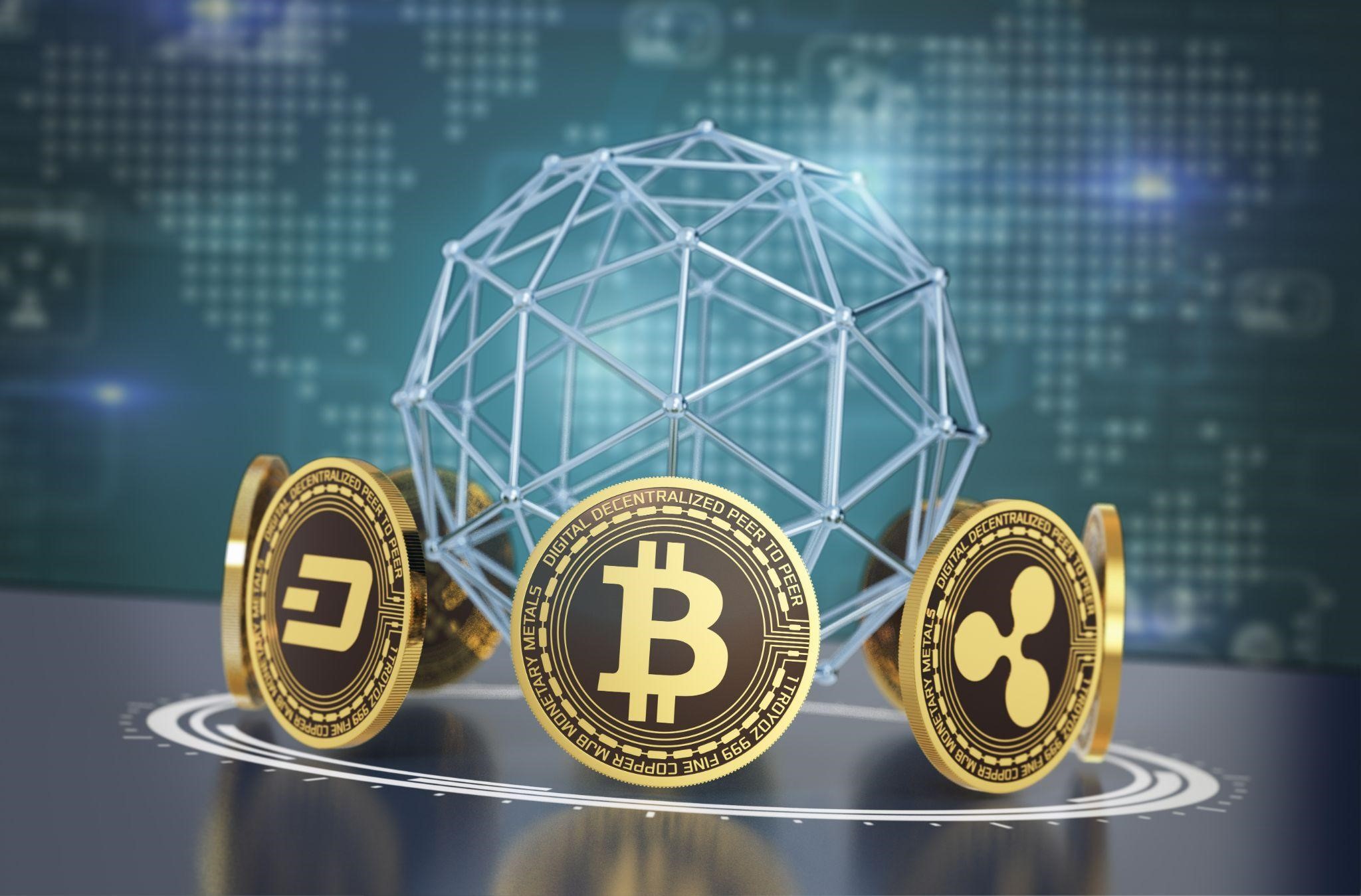Introduction
The cryptocurrency market keeps growing at an incredible pace. Millions of people worldwide now trade Bitcoin, Ethereum, and other digital assets every day. But before you can invest, you need the right platform.
Choosing the best crypto exchange in 2025 is not just about low fees – it’s also about security, liquidity, features, and regulations. In this comprehensive guide, we will explore the top exchanges, their pros and cons, and how to choose the one that best fits your trading style.
1. What Is a Crypto Exchange?
A crypto exchange is a platform where you can buy, sell, and trade digital currencies like Bitcoin, Ethereum, and stablecoins. Exchanges come in two main types:
-
Centralized Exchanges (CEXs): Managed by companies, with user-friendly interfaces and strong liquidity. Examples: Binance, Coinbase.
-
Decentralized Exchanges (DEXs): Peer-to-peer platforms where users trade directly via smart contracts. Examples: Uniswap, PancakeSwap.
Both have advantages, but beginners usually start with centralized exchanges due to their ease of use.
2. Key Factors to Consider When Choosing an Exchange
Not all exchanges are created equal. Before you open an account, pay attention to these aspects:
-
Security: Check for cold storage, 2FA, proof-of-reserves.
-
Fees: Compare maker and taker fees, withdrawal charges.
-
Regulation: Some platforms comply with global financial laws, others operate offshore.
-
Liquidity: The more liquidity, the better the trade execution.
-
Features: Staking, futures, margin trading, NFTs, etc.
-
Customer Support: 24/7 support is crucial for active traders.
3. Top 10 Best Crypto Exchanges in 2025
3.1 Binance
Still the largest exchange by trading volume.
-
✅ Pros: Huge selection of cryptocurrencies, low fees, advanced trading tools.
-
❌ Cons: Regulatory restrictions in some countries.
3.2 Coinbase
Best option for beginners.
-
✅ Pros: Easy to use, strong reputation, insurance for funds.
-
❌ Cons: Higher fees compared to competitors.
3.3 Kraken
Known for security and regulatory compliance.
-
✅ Pros: Excellent security, wide range of coins, staking available.
-
❌ Cons: Interface may feel complex for new users.
3.4 KuCoin
Popular among altcoin traders.
-
✅ Pros: Over 700 coins listed, advanced trading tools.
-
❌ Cons: Regulatory uncertainty in some regions.
3.5 Bybit
Strong in derivatives and futures trading.
-
✅ Pros: Low fees, powerful trading engine.
-
❌ Cons: Limited fiat on-ramp options.
3.6 OKX
One of the fastest-growing global exchanges.
-
✅ Pros: High liquidity, innovative DeFi and NFT integrations.
-
❌ Cons: May not be available in all countries.
3.7 Gemini
U.S.-based, heavily regulated.
-
✅ Pros: Strong compliance, safe for institutional investors.
-
❌ Cons: Smaller coin selection.
3.8 Bitstamp
One of the oldest exchanges, founded in 2011.
-
✅ Pros: Trusted reputation, good fiat support.
-
❌ Cons: Limited advanced features.
3.9 Gate.io
Excellent choice for altcoin hunters.
-
✅ Pros: Thousands of trading pairs, futures and margin trading.
-
❌ Cons: Interface can be overwhelming.
3.10 Uniswap (DEX)
Leading decentralized exchange.
-
✅ Pros: True decentralization, huge liquidity for Ethereum tokens.
-
❌ Cons: High gas fees on Ethereum network.
4. Centralized vs. Decentralized Exchanges in 2025
-
CEXs (Centralized Exchanges): Best for beginners, fiat deposits, higher liquidity.
-
DEXs (Decentralized Exchanges): Better for privacy, no KYC, non-custodial wallets.
Many traders use both types – CEXs for easy access to fiat, and DEXs for privacy and DeFi investments.
5. Trends in Crypto Exchanges for 2025

Exchanges are evolving rapidly. Some of the most important trends include:
-
Proof of Reserves (PoR): More exchanges provide transparency after FTX collapse.
-
Integration with Web3: NFT marketplaces and DeFi services inside exchanges.
-
Regulatory Compliance: Governments around the world are tightening crypto laws.
-
AI-powered Trading Tools: Helping traders make smarter decisions.
-
Layer-2 Support: Exchanges adopting networks like Arbitrum and Optimism for lower fees.
6. How to Stay Safe When Using Exchanges
Even the best exchange can be hacked. To minimize risks:
-
Always enable 2FA (Google Authenticator, not SMS).
-
Use hardware wallets for long-term storage.
-
Withdraw funds you don’t actively trade.
-
Avoid suspicious links and phishing scams.
7. Fees Comparison (2025 Average)
| Exchange | Maker Fee | Taker Fee | Withdrawal Fee |
|---|---|---|---|
| Binance | 0.1% | 0.1% | Varies |
| Coinbase | 0.5% | 0.5% | High |
| Kraken | 0.16% | 0.26% | Medium |
| KuCoin | 0.1% | 0.1% | Low |
| Bybit | 0.01% | 0.06% | Low |
8. Best Exchanges for Different Needs
-
For beginners: Coinbase, Binance.
-
For altcoins: KuCoin, Gate.io.
-
For futures trading: Bybit, OKX.
-
For institutional investors: Gemini, Kraken.
-
For DeFi users: Uniswap, PancakeSwap.
9. Future of Crypto Exchanges
By 2030, we may see exchanges merging with traditional banking services, offering crypto debit cards, loans, and even salary payments in Bitcoin.
Exchanges will also need to adapt to CBDCs (Central Bank Digital Currencies), which many governments plan to launch.
Conclusion
Finding the best crypto exchange in 2025 depends on your goals. If you’re a beginner, stick with simple and regulated platforms. If you’re an experienced trader, look for advanced tools and lower fees.
No matter what, always remember: security first. Exchanges are a gateway to the crypto world, but long-term storage belongs in your own wallet.
